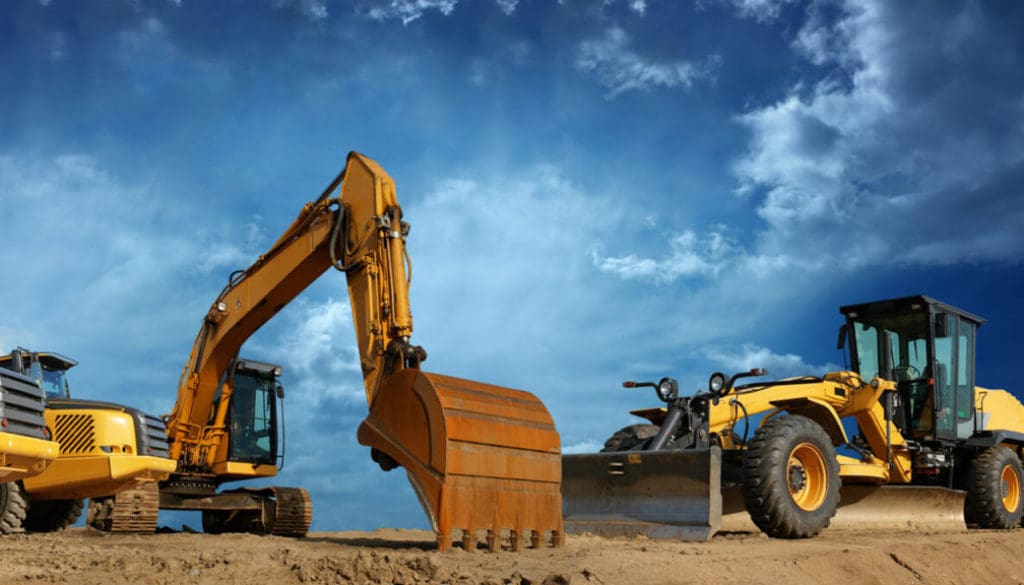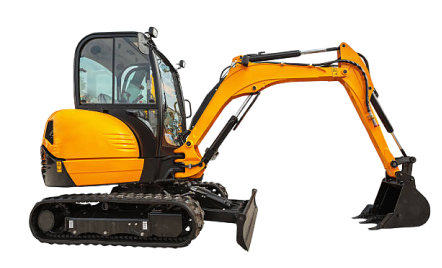The Essential Guide to Leasing Excavators for Construction Projects
Renting out excavators for building tasks is a critical choice that requires a detailed understanding of numerous variables to guarantee both efficiency and cost-effectiveness. From choosing the suitable excavator kind and size to discussing rental terms and guaranteeing safety procedures, each step plays a pivotal duty in the general success of your task. Understanding these components not only optimizes efficiency but also helps in reducing expenditures. As you consider the complexities of renting excavators, it's necessary to comprehend the nuances that can significantly influence your task. What are these subtleties, and just how can they affect your building and construction outcomes?
Kinds Of Excavators
Excavators come in various types, each designed to perform specific tasks in building projects. One of the most usual type is the basic excavator, additionally called a crawler excavator, which is ubiquitous on a lot of task sites for its convenience in digging, trenching, and product handling. These makers operate tracks, providing stability and mobility over irregular surface.
An additional vital version is the mini excavator, valued for its compact dimension and dexterity. Perfect for tiny to medium-sized projects, mini excavators master restricted spaces where larger equipments would certainly battle. They are often used for landscaping, utility work, and small-scale demolition.
For jobs needing prolonged reach, the long-reach excavator is essential. Geared up with a longer boom and arm, these equipments can work in locations that are hard to gain access to, such as throughout water bodies or deep excavations.
Lastly, there are specialized excavators like the suction excavator, which uses high-powered fans to vacuum up dirt and debris, making it perfect for fragile below ground utilities. The dragline excavator, one more specialized kind, is usually utilized in massive civil design jobs like canal dredging and mining as a result of its capacity to raise hefty lots over fars away.
Choosing the Right Dimension
Picking the appropriate dimension of an excavator is vital for the efficiency and success of any type of building and construction job. The size influences not just the equipment's ability to take care of certain jobs but additionally the operational costs and site ease of access. Excavators come in different dimensions, from compact units suitable for small domestic tasks to large machines designed for substantial business or commercial endeavors.
Recognizing the scope of the project is necessary when choosing the excavator dimension. For constrained tasks or spaces requiring accuracy, such as trenching for energy lines, a small or mini excavator is perfect. These makers supply agility and ease of maneuverability without endangering on power. Conversely, large earthmoving procedures, like road building or large structure digs, necessitate using basic or huge excavators. These versions provide improved reach, greater pail ability, and premium digging force.
Take into consideration the site's surface and accessibility factors as well. Larger excavators may encounter obstacles in irregular or limited locations, making smaller sized designs more sensible. By completely reviewing these elements, construction supervisors can ensure they choose an excavator size that optimizes efficiency and minimizes project delays.
Rental Contract Essentials

Just as vital is the comprehensive malfunction of costs. This consists of the daily, weekly, or month-to-month rental rates, and any kind of extra fees such as distribution, cleaning, or fuel fees. It's suggested to ask about possible penalties for late returns or damages to prevent unanticipated expenses.
The problem of the excavator at the time of rental must additionally be go to this website well-documented. Ensure the contract consists of a comprehensive assessment report that notes any type of pre-existing damage. This shields you from liability for concerns that were existing before your rental duration started.
Verify whether the rental business gives insurance policy or if you need to safeguard your very own policy. Understanding your responsibilities for upkeep throughout the rental duration will certainly assist maintain the excavator in optimum functioning problem, decreasing downtime and enhancing project efficiency.
Maintenance and Safety And Security Tips
When taking care of excavators on a construction website, sticking to proper upkeep and safety and security procedures is vital for making certain both operational effectiveness and worker safety and security. Lubing relocating components and making sure fluid levels are optimum can avoid pricey downtime and expand the machine's operational lifespan.
Precaution are just as crucial. Operators needs to be completely educated and licensed to manage excavators, understanding the maker's controls and limitations. It's vital to carry out day-to-day evaluations, focusing on safety and security functions such as alarm systems, seat belts, and emergency shutoff changes. Additionally, maintaining a well organized and tidy worksite reduces the threat of mishaps. Clear communication methods, consisting of hand signals and radio interaction, ought to be developed to coordinate activities and procedures properly.
Carrying out a robust maintenance schedule and fostering a society of safety can minimize dangers considerably. Constantly get in touch with the supplier's guidebook for details maintenance periods and security guidelines. By prioritizing these aspects, building projects can continue smoothly, lessening interruptions and guaranteeing a safe working atmosphere for all workers entailed.
Cost-Saving Methods
Effective cost-saving techniques are critical for maximizing the return on financial investment when renting excavators for building and construction jobs. One vital method is to conduct a thorough demands assessment before leasing. Understanding the specific requirements of your task aids in selecting the best type and dimension of excavator, protecting against unnecessary expenditures on large or overly specific equipment.
An additional vital method is to work out rental terms. Numerous rental companies offer adaptable pricing frameworks, specifically for lasting rentals. Developing an excellent relationship with the rental company can also result in commitment discounts and far better terms. Additionally, booking beforehand can in some cases safeguard lower prices compared to last-minute rentals.

Lastly, think about the complete cost of possession, including fuel, here insurance, and transport. Packing these services with the rental arrangement can commonly lead to a more desirable general bundle. By carrying out these techniques, building and construction jobs can achieve significant expense efficiencies while making sure functional efficiency.
Conclusion
In conclusion, the critical option and service of excavators for building jobs demand a complete understanding of excavator types, ideal sizing, and the details of rental arrangements. Carrying out cost-saving methods via precise planning and arrangement can even more boost job efficiency while managing expenses.
From picking the proper excavator type and size to negotiating rental terms and making certain safety and security methods, each step plays a pivotal function in the total success of your task. equipment rental company Bremen GA. The most usual kind is the standard excavator, additionally known as a spider excavator, which is common on the majority of task sites for its adaptability in trenching, material, and excavating handling. By completely evaluating these factors, building and construction managers can ensure they select an excavator size that enhances efficiency and minimizes task delays

Understanding your duties for upkeep during the rental period will assist maintain the excavator in optimum functioning condition, minimizing downtime and improving task effectiveness.
In final thought, the critical option and rental of excavators for building and construction tasks demand a complete understanding of excavator kinds, suitable sizing, and the intricacies of rental contracts.